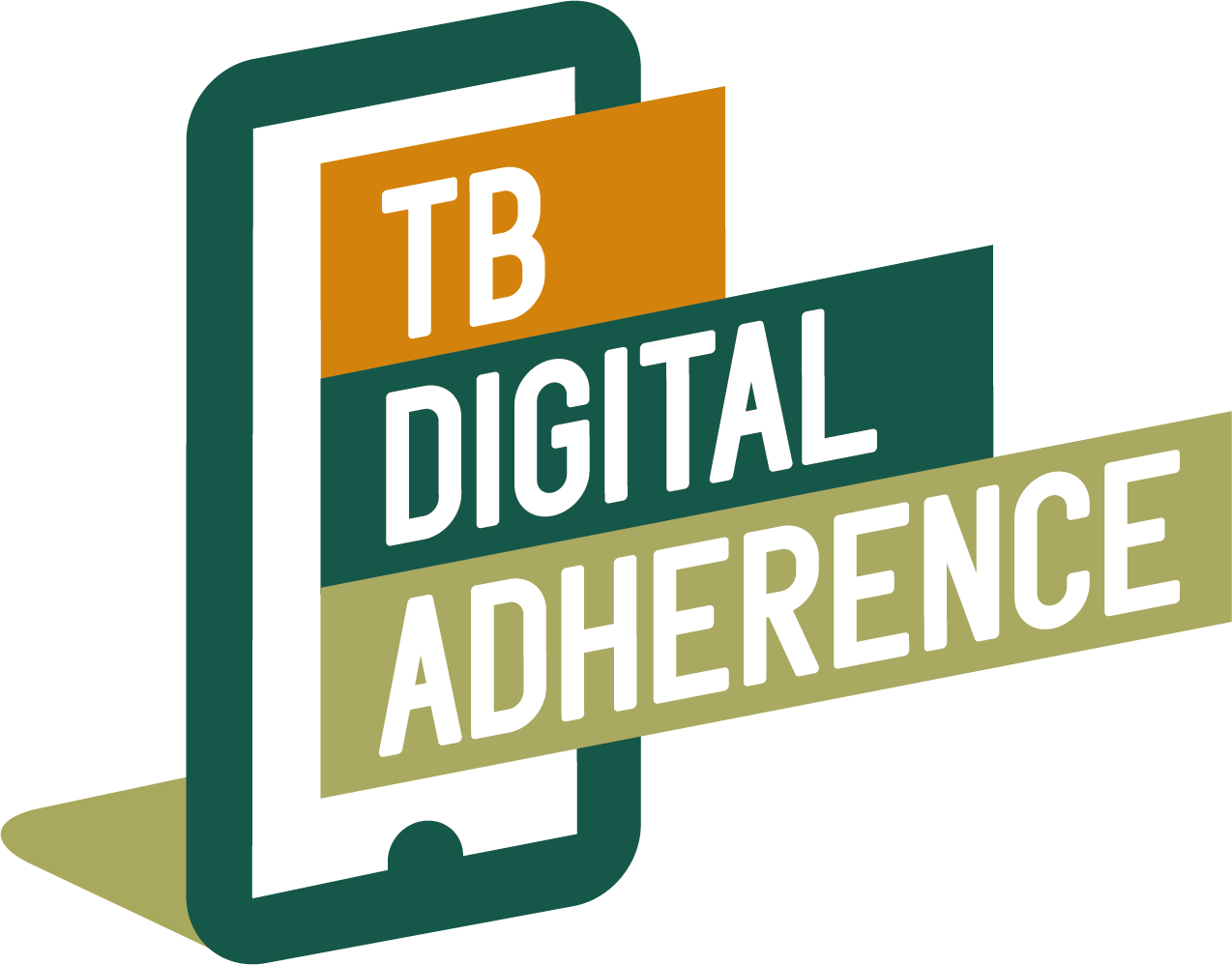Procurement
The Medication Sleeve or Label
There are a few specific steps in the procurement cycle that need to be completed (in addition to the general procurement cycle) for the medication sleeve / label to be ready for distribution to patients.
The procurement cycle steps are:
- Set up the toll free network (ideally with the assistance of an aggregator).
- Identify a printing facility for the printing of medication sleeves / labels.
- Allocate sms/call codes per sleeve or label and insert into the design.
- Forecast printing quantities and order printing.
Request Technical Assistance
Aggregator
For the patient to report their medication intake via their mobile device, and for that data to automatically be logged onto the adherence platform, their needs to be an sms/call system (ideally toll free) setup.
The aggregator will be able to assess your in-country situation and make recommendations about infrastructure that needs to be set up to get the (toll free) sms/call system to function effectively. They generally have existing relationships with telecommunication providers in country, giving them better leverage in negotiations and troubleshooting issues.
Requirements for an aggregator to operate within your country:
- Pre-existing Toll-Free Network (TFN) setup
- A PRI line (physical cable connection) which has 20-30 channels, each of which can handle one call at a time (this may also be referred to as an E1 line, which is a type of PRI line).
- Has a working relationship with 1 or more telecom providers within your country.
Telecom Providers
Should it not be possible to employ the services of an aggregator, you can work directly with an in-country telecoms provider to setup the sms/call system.
However, the background work to set this up yourself is very intricate and should only be done as a last resort. Consult the resource “guidelines for telecoms implementation” for details to set up the Toll-Free Network and required infrastructure through a local telecom provider yourself.
Reach out to us for technical assistance if you need further guidance during this process.
Request Technical Assistance
Telecom Guidelines
Guidelines for Telecoms Implementations
Sleeve or Label Printing
Only once the infrastructure with the aggregator and/or telecoms provider has been setup can the sleeves/labels be printed. The phone number or sms shortcode to log daily dosage will be provided by the aggregator/telecoms provider once the sms/call system is setup, and these codes need to be included in the design and printing of the sleeve or label.
As a country you may either choose to use the medication sleeve or the medication label depending on your situation. Each has its own instructions and steps for procurement.
Medication Sleeve
Considerations for the medication sleeve:
- Each day a unique, hidden number is used to report adherence to, therefore you can be reasonably sure that the patient has ingested their daily medication, as the number is not visible until medication has been removed from the packaging.
- The sleeve has an intricate design and therefore needs to be tailor made to fit the specific medication blister pack. A slight design fault could influence whether an entire batch needs to be reprinted, or if the medication blister package is different to anticipated.
The downloadable resources for the medication sleeve offer guidance and printable examples for procuring these.
Medication Label
Considerations for the medication label:
- The label uses one code per medication blister pack to report adherence to. Therefore, it is possible that patients report adherence without ingesting medication as the number remains the same until the patient gets a refill from the facility.
- The label can be used on any blister packaging type; therefore, you can procure larger quantities without concern about printing or design flaws.
The downloadable resources for the medication labels shows a printable example for procuring these.
Medication Sleeve Example
An example of the medication sleeve for printing.
Printing Facility Assessment
A checklist to assess printing facilities for the procurement of the medication sleeve or label
Medication Label Example
An example for the medication label for printing
Checklist for medication sleeve / label
SOPs for printing the medication sleeve or label
Implementing DATs
The phased, step-wise approach to implementing a DAT intervention.
Assess
Gain an understanding about influencing factors within your context for a DAT implementation.
Design
Considering multiple facets of a DAT intervention to ensure the design of a robust intervention that is relevant for your country context.
Budget
Cost factors associated with a DAT intervention in your context, including once-off costs and on-going programmatic costs.
Customization
Customize the DAT intervention to suit the needs of the local treatment setting.
Procurement
Steps in procurement to ensure the necessary technology is ordered and supportive infrastructure is in place before the intervention begins.
Train & Integrate
A training package to integrate DATs into the TB treatment programme to fully utilize the DAT for optimal efficiency and productivity.
